What is Portrait Photography?
Portrait photography, a captivating and deeply personal form of art, stands out as a unique medium that intimately captures the essence of individuals. At its core, portrait photography goes beyond merely taking photographs of people; it seeks to reveal and celebrate the unique characteristics, emotions, and stories that define each individual.
This genre is distinguished by its focus on the face, expressions, and sometimes the upper body of the person, aiming to create an image that reflects the personality, mood, and identity of the subject.
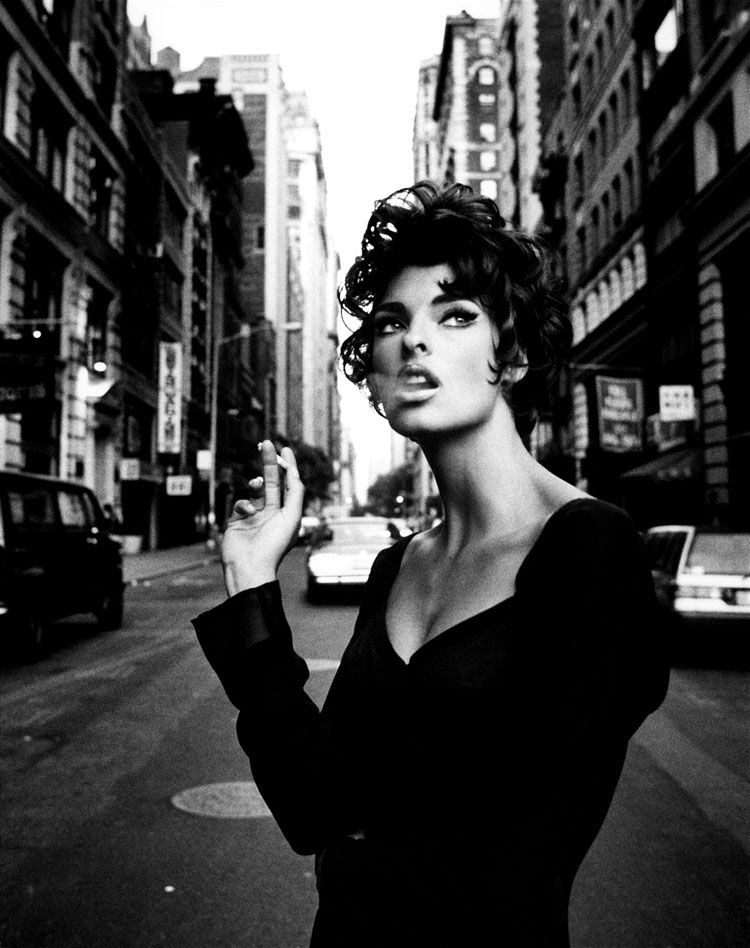
The historical background of portrait photography can be traced back to the early 19th century, following the invention of the camera. This era marked a significant shift from the traditional painted portraits, which were often reserved for the affluent and influential members of society, to a more accessible and versatile form of capturing likenesses.
Early photographic portraits were characterized by their formal and rigid compositions, influenced by the limitations of technology at the time, such as long exposure times.
As the technology evolved, so did the art of portrait photography. By the late 19th and early 20th centuries, photographers began to experiment with different styles, lighting, and backdrops, moving away from the stiff, studio-bound conventions.
The introduction of smaller, more portable cameras enabled photographers to capture more natural and candid images, paving the way for a diverse array of styles and approaches.
Throughout its evolution, portrait photography has mirrored societal changes and cultural trends. In the 20th century, it played a significant role in documenting social and political movements, celebrity culture, and the everyday life of ordinary people. Today, portrait photography continues to be a dynamic and evolving art form, embracing new technologies and techniques while remaining deeply rooted in its historical quest to capture the human spirit.
Types of Portrait Photography
Studio Portraits and Fashion
Definition and Essence: These portraits are typically shot in a controlled environment, with high powered lights. In the early days of portrait photography, the exposure times were so long that the subjects had to be sat still. As technology evolved and shutter speeds increased, portraits in the studio could be much more dynamic and expressive.
Example Photographers: Renowned photographers like Richard Avedon and Annie Leibovitz are known for their traditional portraitures. Avedon, in particular, was famous for his minimalist and emotionally expressive portraits.

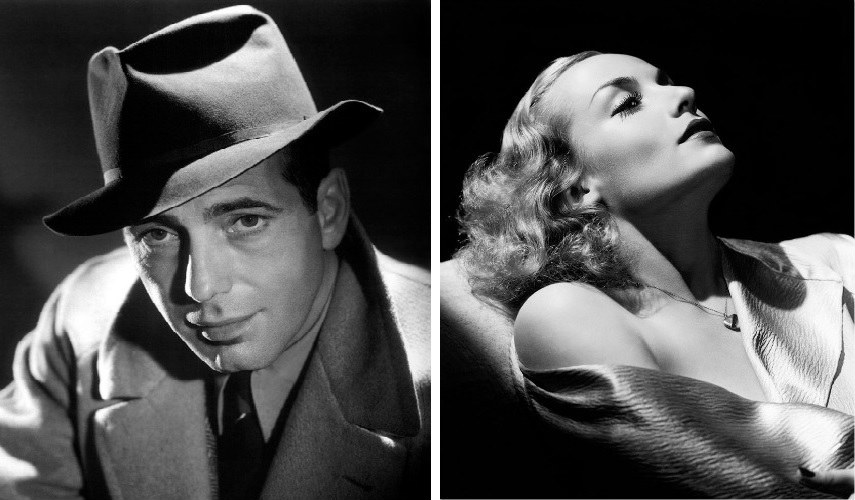
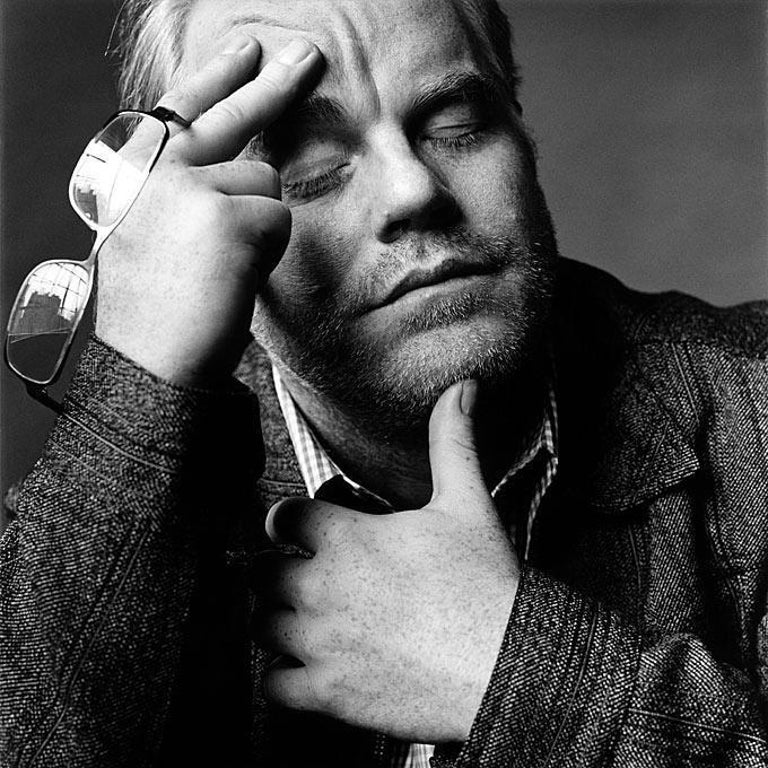
Equipment Used: Traditional portrait photography often involves studio lighting setups, including key lights, fill lights, and backdrops. Cameras with high-quality lenses, such as 85mm or 105mm prime lenses, are preferred for their ability to produce sharp images with a pleasing background blur, emphasizing the subject.
Environmental Portraits
Definition and Essence: Environmental portraits place the subject within their natural or workplace setting, offering context about their life or profession. These photographs tell a story about who the person is, not just what they look like, by including elements of their environment in the frame.
Example Photographers: Steve McCurry, famous for his ‘Afghan Girl’ portrait, is an excellent example of an environmental portraitist. His work often captures the essence of the subject within the context of their environment.




Equipment Used: A wider range of lenses can be used in environmental portraits, from wide-angles to standard zooms, to include more of the surroundings. Lighting may vary from natural light to portable flashes, depending on the setting.
Candid Portraits
Definition and Essence: Candid portraits are all about capturing spontaneous, unposed moments. These images often reveal a more authentic and unguarded expression of the subject, as they are usually unaware of the camera.
Example Photographers: Henri Cartier-Bresson, a pioneer of street photography, was adept at capturing candid moments that tell a story or convey a mood.
Equipment Used: Candid photography often requires a more discreet camera setup. Many photographers prefer compact cameras or telephoto lenses that allow them to capture subjects from a distance without being noticed. Fast lenses (with wide apertures) are also ideal for quickly capturing moments in varying light conditions.
Glamour and Fashion Portraits
Definition and Essence: Glamour and fashion portraits are stylized images that focus on beauty, style, and elegance. These portraits are often seen in fashion magazines, advertising, and portfolio work for models and actors. They are designed to be eye-catching and aspirational.
Example Photographers: Mario Testino and Ellen von Unwerth are iconic fashion photographers known for their glamorous and dynamic portraits in the world of high fashion.
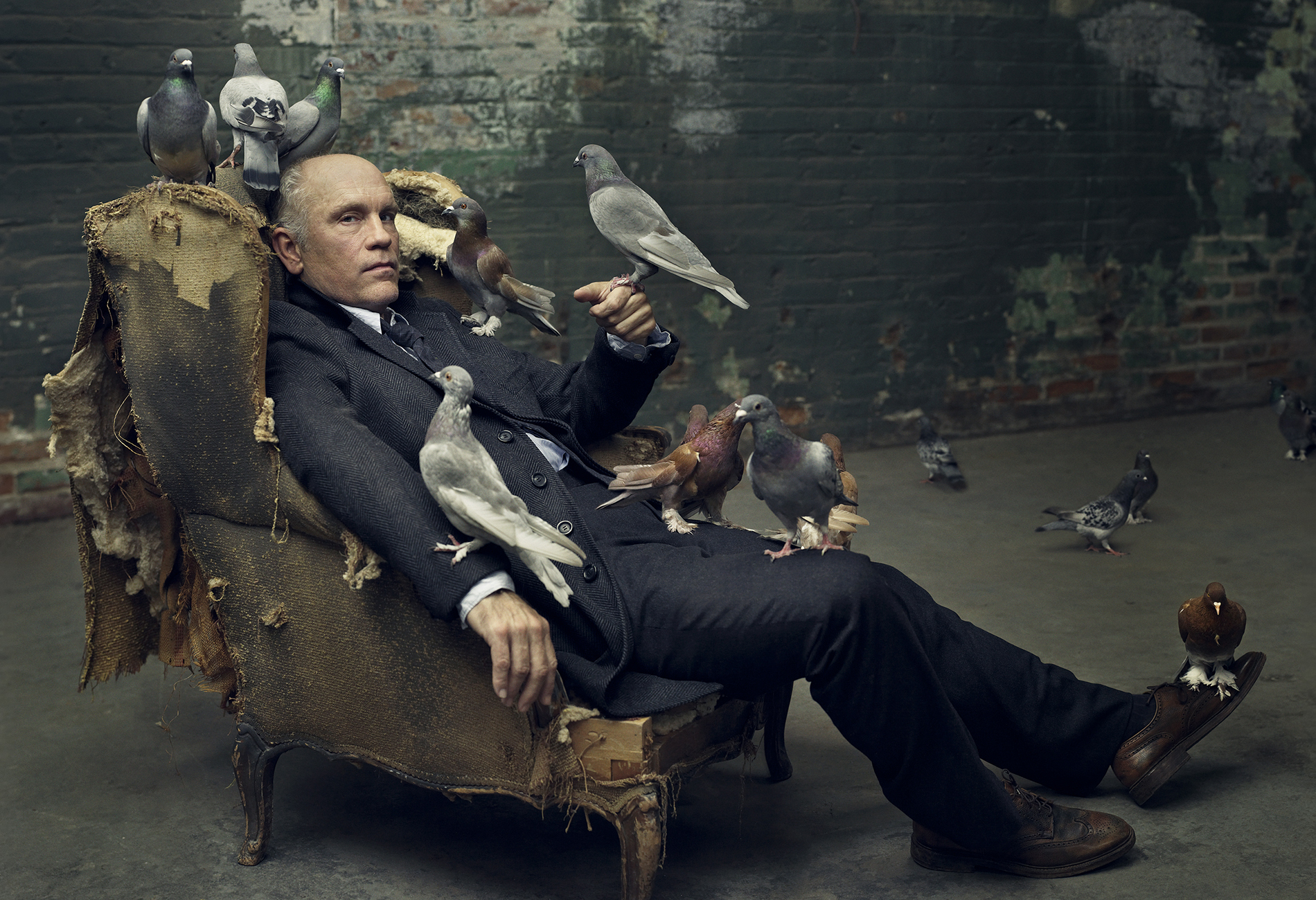


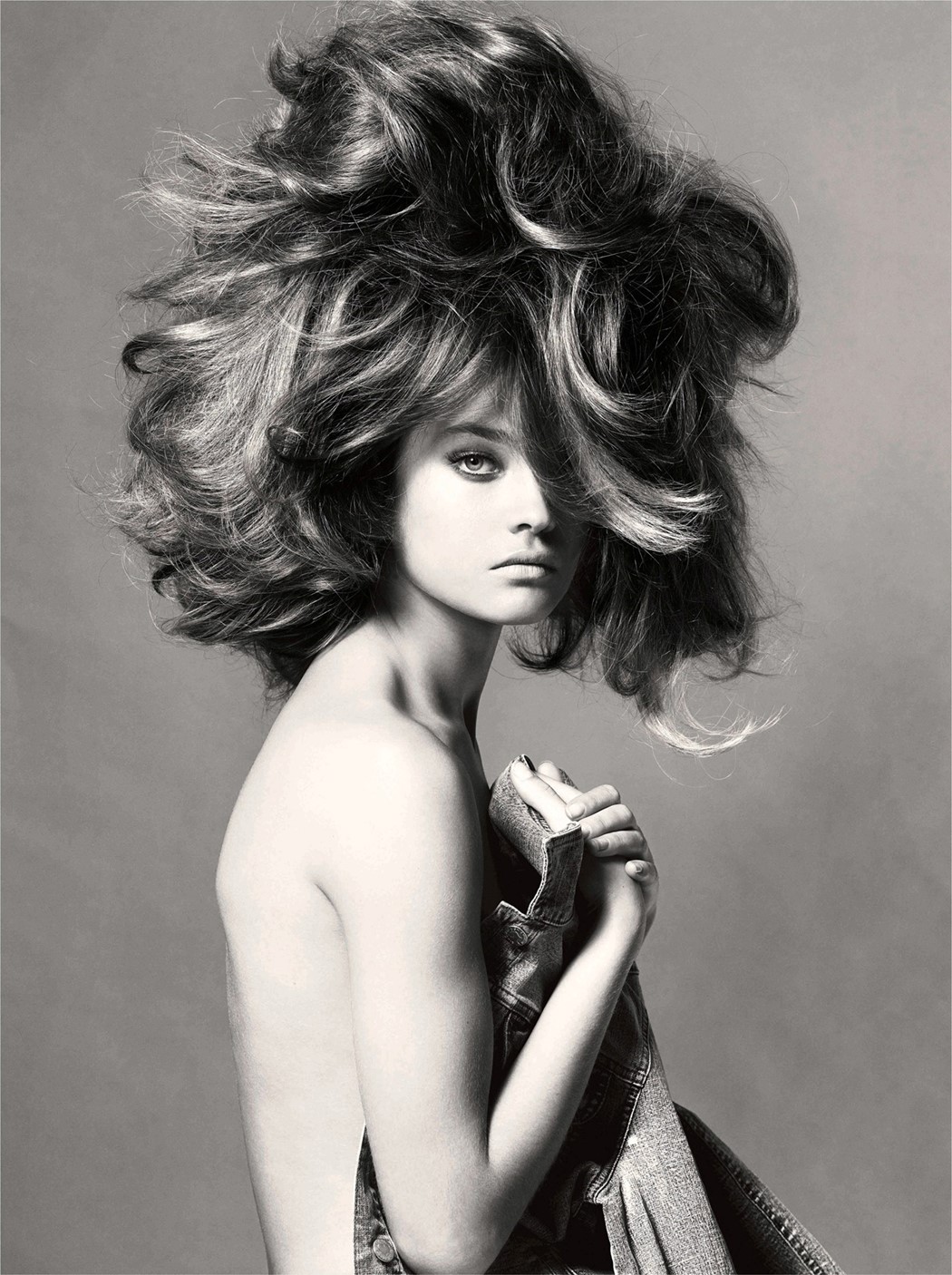
Equipment Used: In glamour and fashion photography, a variety of lighting setups are used, from softboxes to ring lights, to create the desired mood and highlight the subjects’ features. Cameras with high-resolution capabilities and a range of lenses, from prime to zoom lenses, are employed to capture detailed and versatile shots. Studios or exotic locations are often used as backdrops to complement the theme of the shoot.
Technical Aspects of Portrait Photography
Camera Equipment and Lens Selection for Portrait Photography
Selecting the right camera equipment and lenses is crucial in portrait photography, as it directly influences the quality and style of the final image. The choice of camera and lens depends on several factors, including the type of portrait, the desired aesthetic, and the photographer’s personal style.
Camera Selection
DSLRs and Mirrorless Cameras: Both DSLR (Digital Single-Lens Reflex) and mirrorless cameras are popular choices among portrait photographers. DSLRs offer a wide range of lens options, excellent image quality, and an optical viewfinder that works well in various lighting conditions. Mirrorless cameras, on the other hand, are lighter, more compact, and offer electronic viewfinders and faster shooting speeds. They have gained popularity due to their advanced autofocus capabilities and high-resolution sensors.
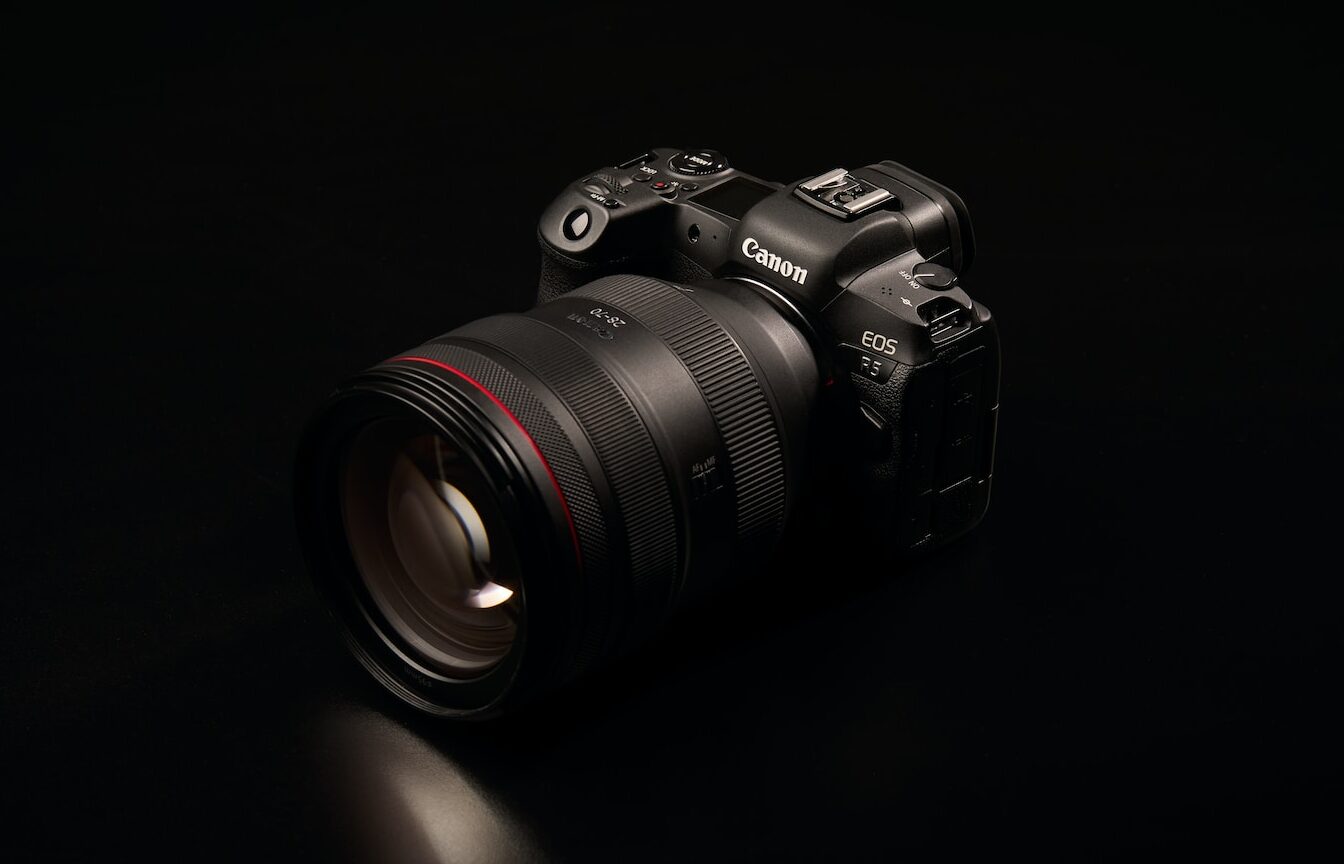
Medium Format Cameras: For high-end portrait photography, especially in a studio setting, medium format cameras are often preferred. These cameras have larger sensors compared to DSLRs or mirrorless cameras, providing superior detail, greater dynamic range, and shallower depth of field. This makes them ideal for capturing highly detailed portraits with a three-dimensional feel.

Lens Selection
Prime Lenses: Prime lenses, with fixed focal lengths, are a favourite among portrait photographers due to their sharpness and wide apertures. Popular focal lengths for portrait photography include:
- 85mm Lenses: Known for their flattering perspective and ability to isolate the subject from the background. They offer a comfortable working distance and are ideal for headshots and upper-body portraits.
- 50mm Lenses: Often referred to as the “nifty fifty,” these lenses provide a perspective close to the human eye, making them versatile for various types of portraits.
- 35mm Lenses: Suitable for environmental portraits where the context or background is as important as the subject.
Zoom Lenses: While prime lenses are praised for their optical quality, zoom lenses offer more flexibility. A 24-70mm or 70-200mm zoom lens can cover a wide range of focal lengths, making them useful for photographers who need to quickly adapt to different shooting scenarios.
Wide Aperture: Lenses with wide apertures (low f-numbers, like f/1.4, f/1.8, or f/2.8) are preferred in portrait photography. They allow more light to enter, enabling shooting in lower light conditions and creating a shallow depth of field, which beautifully blurs the background and focuses attention on the subject.
Specialty Lenses
Macro Lenses: For close-up portraits or detail shots (like capturing the eyes or facial features), macro lenses can be an excellent choice. They allow for extreme close-up photography with sharp focus and fine detail.
Tilt-Shift Lenses: Although less common, tilt-shift lenses offer unique control over the plane of focus, allowing for selective focus effects. They are particularly useful for creative portraits and achieving a distinct look.
Considerations for Lens Selection
- Bokeh Quality: The quality of the out-of-focus areas (bokeh) created by the lens is important in portrait photography. Lenses with rounded aperture blades tend to produce more aesthetically pleasing bokeh.
Bokeh is illustrated in the below image, it’s how out of focus areas are rendered. The shape of the aperture determines the shape of the Bokeh.


- Lens Sharpness and Aberrations: A good portrait lens should produce sharp images with minimal chromatic aberrations and distortions.
- Autofocus Speed and Accuracy: Fast and accurate autofocus is crucial, especially for candid or action portraits.
Ultimately, the choice of camera equipment and lenses in portrait photography should align with the photographer’s artistic vision and the specific requirements of the project. While technical excellence is important, it’s the photographer’s skill in using the equipment that truly brings a portrait to life.
Lighting Techniques for Portrait Photography
Portrait photography is an art that combines technical skill with creative vision. Lighting plays a crucial role in this process, influencing not only how the subject is viewed but also how the image is perceived emotionally and aesthetically. Mastering lighting techniques is essential for any portrait photographer seeking to create impactful and expressive images.
1. Natural Light:
- Basics: Utilizing sunlight, either outdoors or indoors through windows.
- Advantages: Creates a soft and natural look; ideal for beginners as it requires minimal equipment.
- Techniques:
- Golden Hour: Shooting during early morning or late afternoon when the light is warm and soft.
- Overcast Conditions: Cloudy days provide diffused, even lighting, reducing harsh shadows.
- Backlighting: Positioning the subject with the sun behind them for a glowing effect.
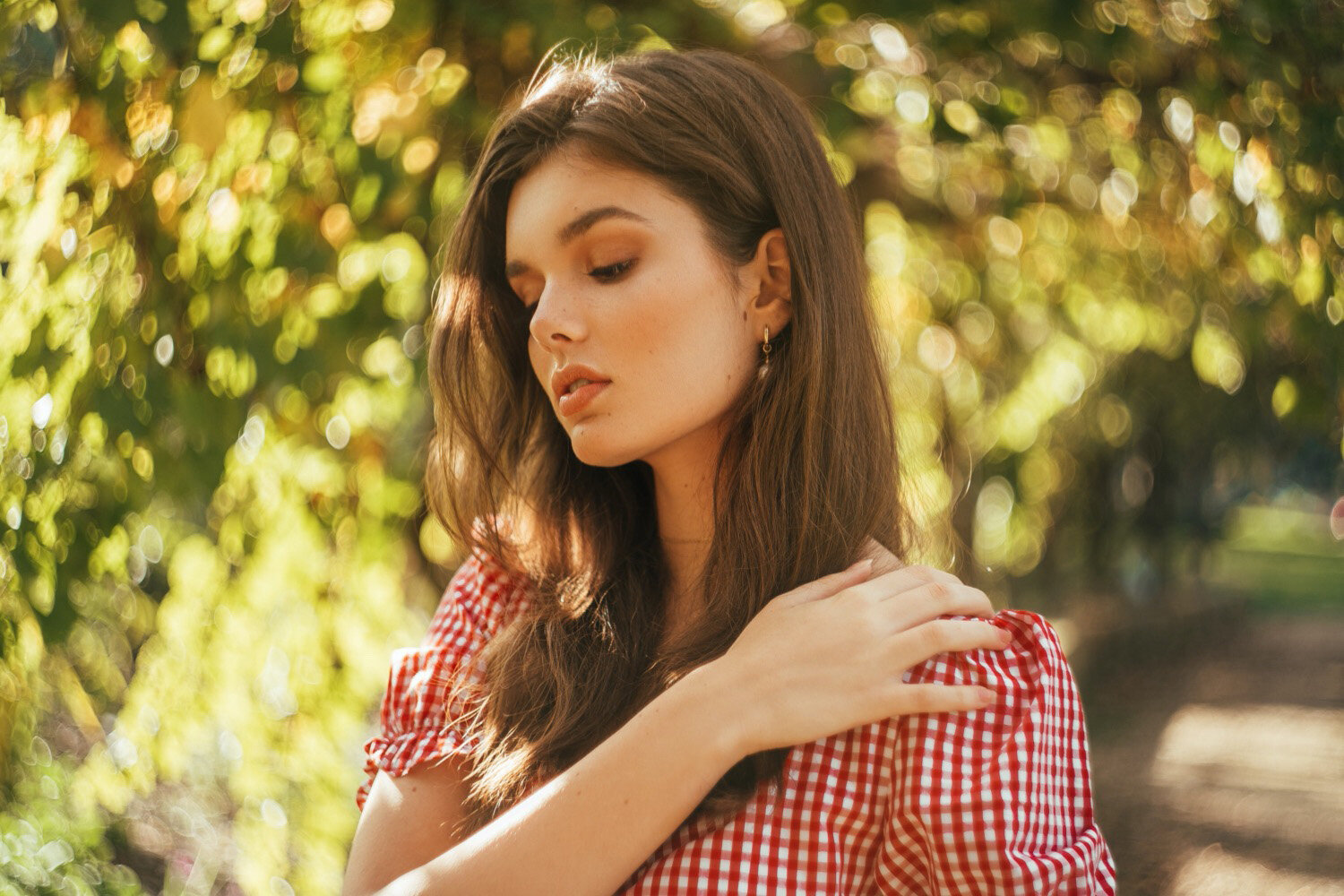

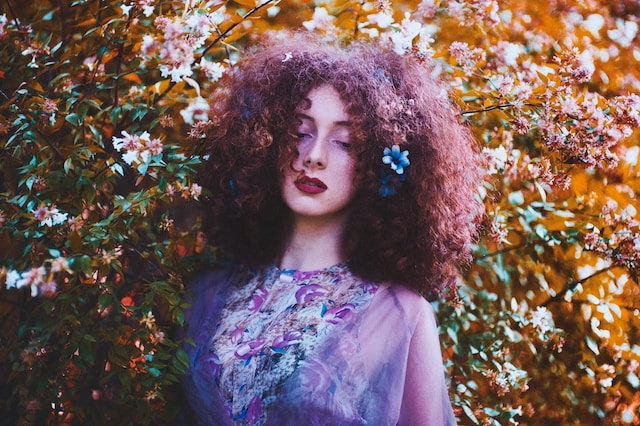

2. Artificial Light:
- Types: Includes studio lights, flashes, and continuous lights.
- Control: Allows precise control over intensity, direction, and colour of light.
- Modifiers: Softboxes, umbrellas, and reflectors are used to modify the light.





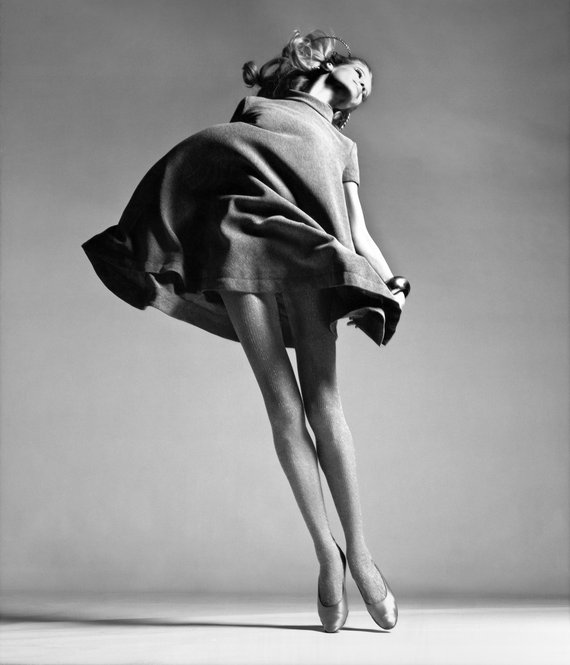
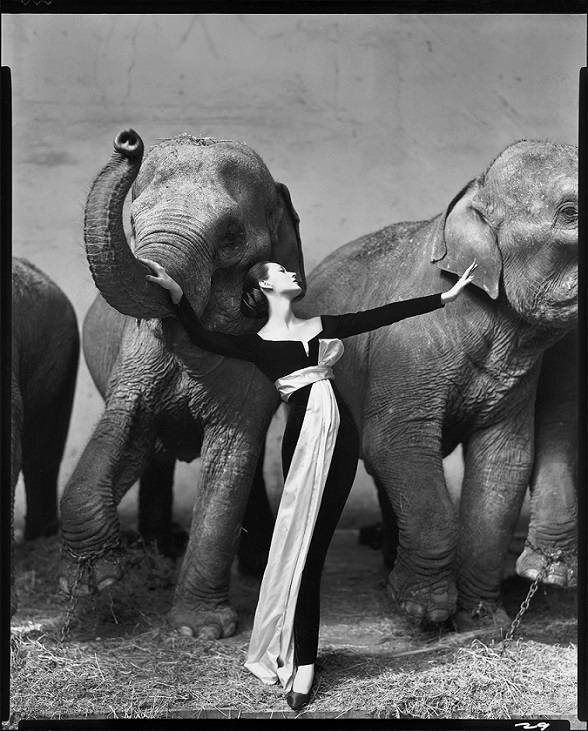
3. Key Light:
- Definition: The primary light source, usually the brightest and most influential in shaping the subject.
- Placement: Often placed at a 45-degree angle to the subject, creating depth and dimension.
4. Fill Light:
- Purpose: To soften and fill the shadows created by the key light.
- Intensity: Generally softer and less intense than the key light.
5. Rim Light:
- Function: Positioned behind the subject to create a backlighting effect.
- Effect: Helps separate the subject from the background and adds a three-dimensional quality.
6. Butterfly Lighting:
- Technique: Light is placed above and directly in front of the subject’s face, creating a shadow under the nose resembling a butterfly.
- Suitability: Ideal for highlighting cheekbones and creating a glamorous look.

7. Rembrandt Lighting:
- Characteristic: Recognized by the triangular shape of light on the cheek.
- Setup: Key light is placed high and to one side, creating dramatic shadows.

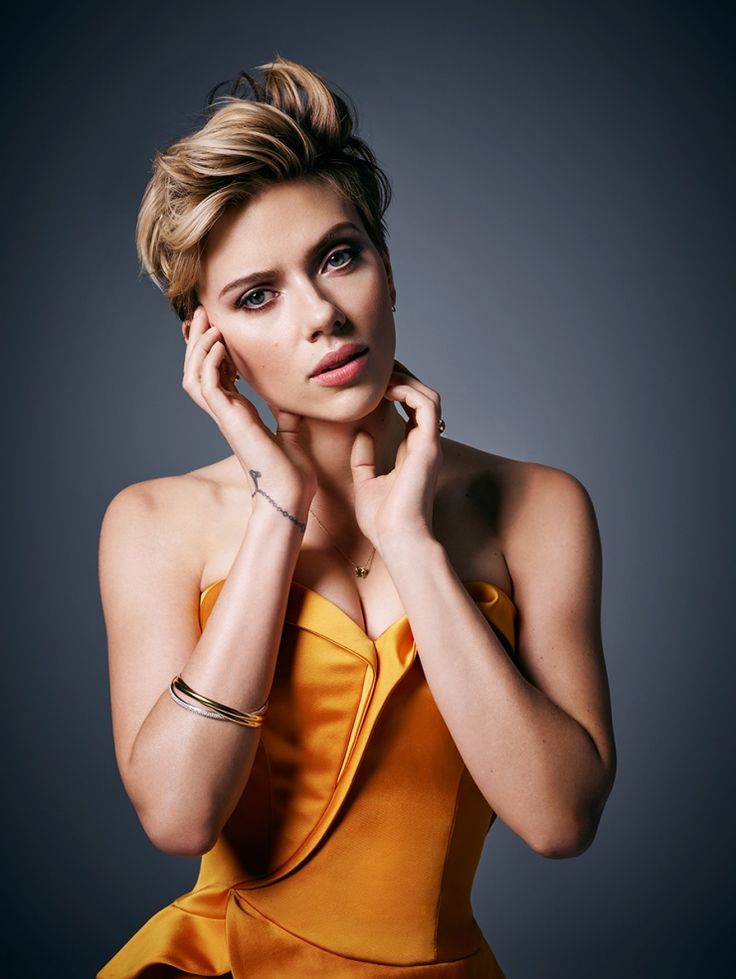
8. Loop Lighting:
- Description: A slight variation of Rembrandt lighting, where the light is positioned slightly higher, reducing the size of the shadow.
9. Split Lighting:
- Effect: Divides the face into equal halves with one side lit and the other in shadow.
- Use: Creates a moody and dramatic effect, often used in artistic portraits.
Composition and Framing in Portrait Photography
In the realm of portrait photography, composition and framing are as crucial as the subject itself. They are the tools photographers use to tell a story, convey emotion, and direct the viewer’s attention. This article delves into the principles and techniques of composition and framing that help create compelling and visually appealing portraits.
1. Understanding Composition
- Definition: Composition in photography refers to the arrangement of elements within the frame.
- Goal: To create balance, evoke emotions, and guide the viewer’s eye to the subject.
2. The Rule of Thirds
- Basics: The frame is divided into nine equal segments by two vertical and two horizontal lines.
- Application: Placing the subject at the intersections or along the lines creates a more dynamic and interesting photo.
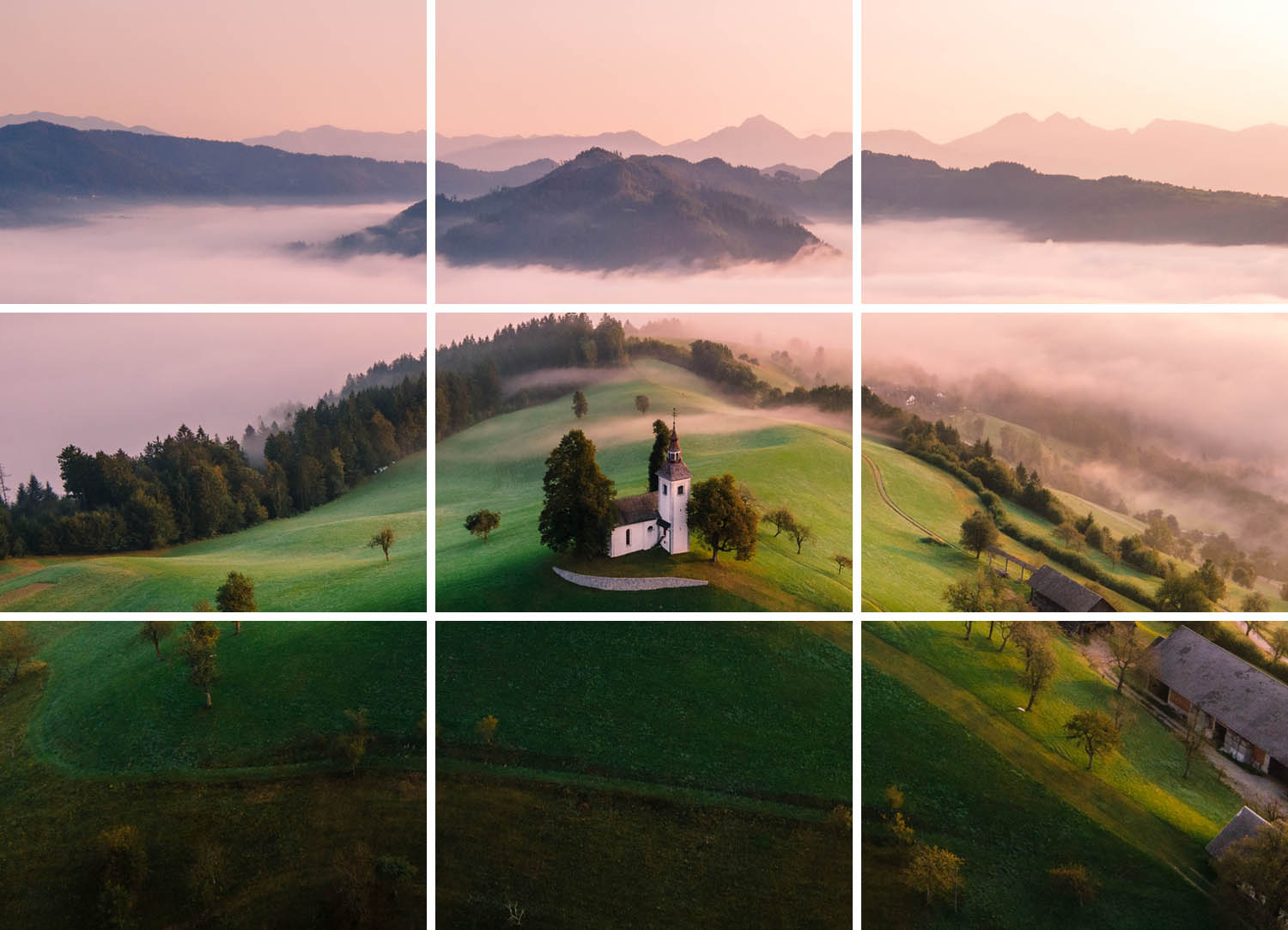

3. Leading Lines
- Concept: Using natural or artificial lines in the environment to lead the viewer’s eye towards the subject.
- Examples: Roads, fences, or architectural elements.


4. Framing Within a Frame
- Technique: Using elements in the scene, like doorways or windows, to frame the subject.
- Effect: Adds depth and context, and focuses attention on the subject.
5. Symmetry and Patterns
- Usage: Incorporating symmetrical elements or repetitive patterns to create visually pleasing and balanced images.
- Consideration: Be mindful of distracting elements that can disrupt the symmetry.
6. Depth of Field
- Control: Adjusting the aperture to manipulate the focus.
- Purpose: A shallow depth of field (wide aperture) blurs the background, making the subject stand out.


7. The Golden Ratio (Fibonacci Spiral)
- Description: A mathematical ratio that creates a spiral effect, considered aesthetically pleasing.
- Implementation: Positioning the subject at the smallest part of the spiral to create natural flow and focus.

8. Negative Space
- Definition: The space around and between the subject.
- Effect: Using negative space can add emphasis to the subject and create a minimalist aesthetic.

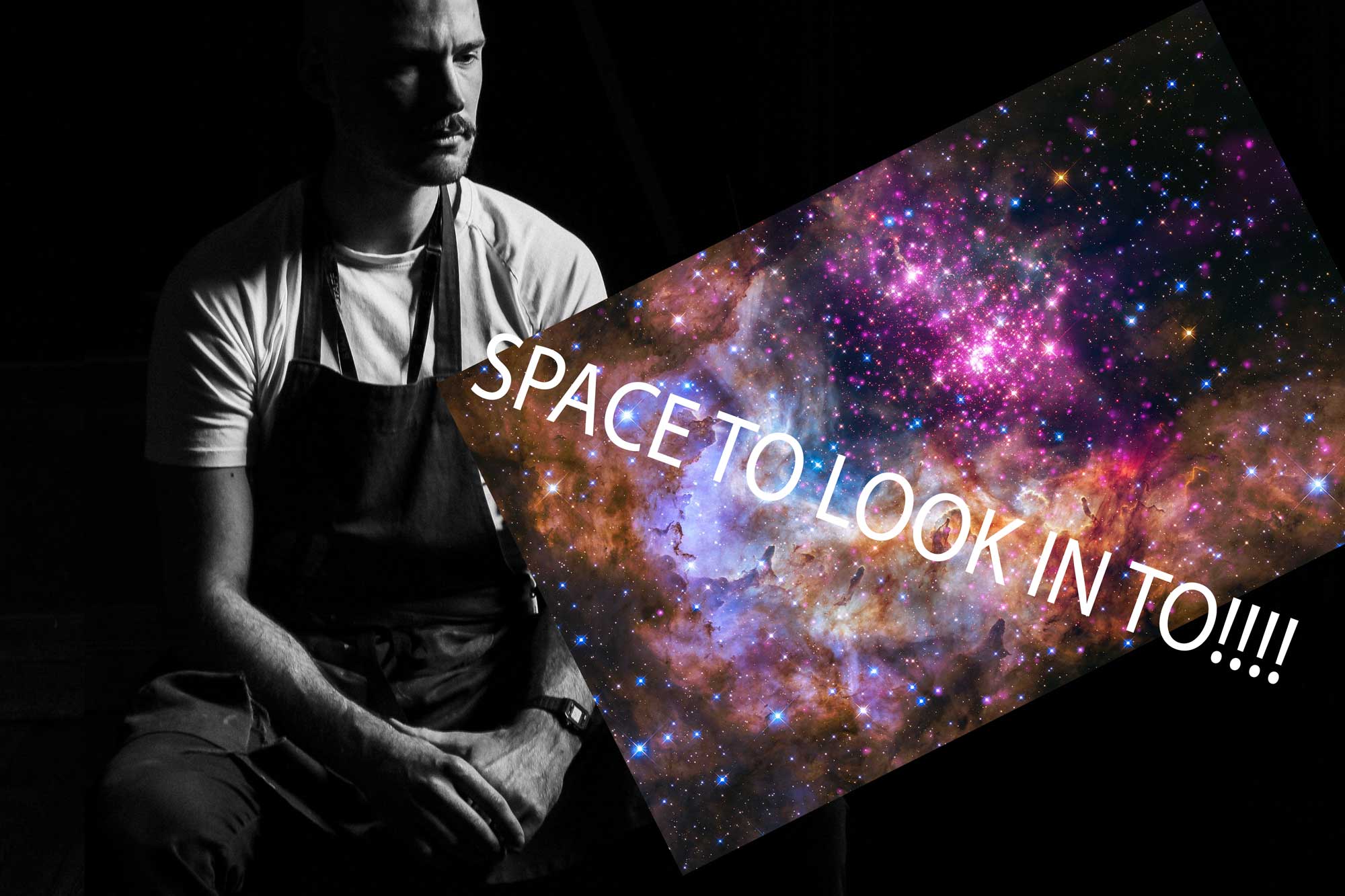
9. Eye Contact and Level
- Connection: Direct eye contact can create a powerful connection between the subject and the viewer.
- Camera Angle: Shooting at the subject’s eye level for a more intimate and engaging portrait.

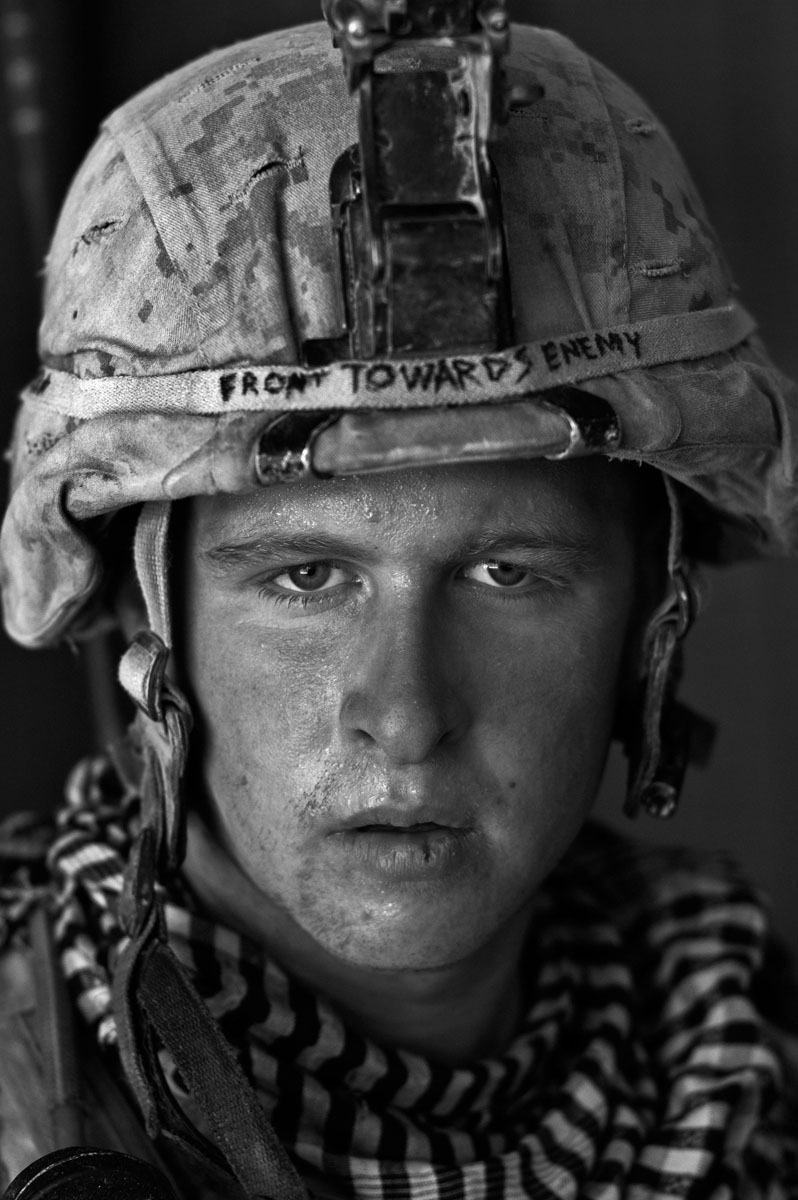
- Innovation: Sometimes, breaking conventional rules can lead to unique and impactful photographs.
- Encouragement: Encouraged to experiment and find a personal style.



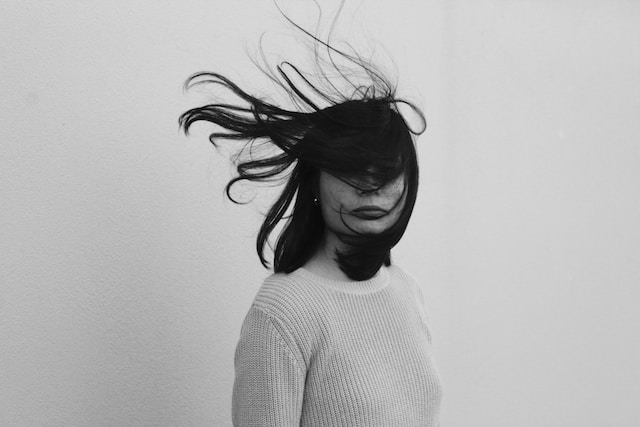

Mastering composition and framing in portrait photography is an ongoing journey. It requires understanding basic rules and knowing when to adhere to them or break them creatively. A well-composed portrait can tell a story, evoke emotions, and captivate viewers, making it an essential skill for any portrait photographer.
Post-Processing and Editing in Portrait Photography
Post-processing and editing are pivotal stages in the journey of portrait photography. They transform good photos into great ones, refining and enhancing the image to bring the photographer’s vision to life. This article explores the various techniques and considerations in the post-processing and editing of portrait photographs.
1. The Importance of Post-Processing
- Enhancement: Editing can enhance the photo’s quality, addressing issues like lighting, colour, and composition.
- Creative Expression: It allows photographers to apply their unique style and creative vision to their work.
2. Basic Adjustments
- Exposure Correction: Adjusting the brightness and contrast to ensure the subject is properly lit.
- White Balance: Altering the colour temperature to make the image look more natural.
- Cropping: Reframing the image for better composition and focus on the subject.
3. Skin Retouching
- Objective: To smooth out imperfections while maintaining a natural look.
- Techniques: Using tools like the healing brush, clone stamp, and frequency separation for detailed skin editing.
4. Colour Grading
- Purpose: To create mood and atmosphere through colour adjustments.
- Methods: Adjusting hues, saturation, and luminance in specific areas or overall.
5. Sharpening and Clarity
- Goal: To enhance detail and make the image pop.
- Caution: Over-sharpening can lead to unnatural results, especially on skin.
6. Eye Enhancement
- Techniques: Slightly brightening the eyes, enhancing the catchlights, and sharpening the iris.
- Balance: Keeping changes subtle to maintain a realistic appearance.
7. Background Editing
- Blurring: Softening the background to reduce distractions and focus on the subject.
- Removing Distractions: Cloning out unwanted elements in the background.
8. Black and White Conversion
- Consideration: Choosing the right portraits for black and white conversion to emphasize textures, shapes, and emotions.
- Adjustment: Tweaking contrast and lighting to suit the monochrome format.
9. Use of Presets and Actions
- Efficiency: Using presets for consistent style and faster workflow.
- Customization: Adjusting presets to fit individual images.
10. Ethical Considerations
- Realism: Balancing retouching with maintaining the authenticity of the subject.
- Consent: Discussing the extent of editing with the subject, especially in sensitive cases.
Post-processing and editing are essential skills for portrait photographers, enabling them to polish and perfect their images. While technical proficiency is important, the key lies in using these tools to enhance the story and emotion of the portrait, without overshadowing the natural beauty of the subject. As with all art forms, practice and experimentation are the pathways to mastering the craft of post-processing in portrait photography.
The Influence of Colour and Tone on Portrait Photography
Colour and tone play a pivotal role in the art of portrait photography. They are powerful tools that shape the mood, convey emotions, and tell a story within a single frame. This article explores the nuances of colour and tone in portrait photography and how they influence the final image.
1. The Psychology of Colour
- Emotional Impact: Different colours evoke different emotions. For example, blue can convey calmness, while red may suggest intensity or passion.


- Cultural Significance: Colours can have different meanings in various cultures, which should be considered when composing a portrait.
2. Colour Harmony
- Complementary Colours: Using opposite colours on the colour wheel to create a dynamic and visually appealing composition.
- Analogous Colours: Employing colours next to each other on the colour wheel for a more harmonious and serene look.

3. Colour Temperature
- Warm and Cool Tones: Warm colours (like reds and oranges) can create a sense of warmth and intimacy, whereas cool colours (like blues and greens) often convey calmness and distance.
- Application: The choice of colour temperature can significantly affect the viewer’s perception of the subject.

4. Monochromatic and Black & White Portraits
- Monochromatic: Using varying shades of a single colour to create a cohesive and focused image.
- Black and White: Removing colour to focus on light, shadow, texture, and emotion.

5. Skin Tones and Colour Correction
- Accuracy: Accurate representation of skin tones is crucial for a natural and appealing portrait.
- Correction Techniques: Utilizing tools like colour balance and selective colour adjustments to ensure true-to-life skin tones.
6. The Role of Lighting
- Influence on Colour: The colour and quality of light can dramatically alter the colour tones in a portrait.
- Natural vs. Artificial Light: Natural light provides a broader spectrum of colour, while artificial light can be manipulated for creative effects.
7. Post-Processing Colour Adjustments
- Enhancing Mood: Using post-processing software to adjust saturation, vibrancy, and hue to enhance the mood and impact of the portrait.
- Selective Colour Editing: Isolating and adjusting specific colours to draw attention to or away from certain elements.

8. Tonal Contrast
- Definition: The difference in tones from the lightest to the darkest parts of the image.
- Effect on Depth and Dimension: High tonal contrast can add depth and drama, while low contrast can create a softer, more subtle look.
9. Consistency in Colour and Tone
- Branding and Style: Consistent use of colour and tone can help in creating a recognizable style or brand for a photographer.
10. Experimentation and Expression
- Personal Vision: Encouraging photographers to experiment with different colour palettes and tones to express their artistic vision.
The thoughtful use of colour and tone is essential in creating impactful and emotive portraits. They are not just aesthetic choices but are fundamental in shaping the narrative and emotional depth of the photograph. By mastering these elements, photographers can elevate their portraits from simple images to powerful stories told through colour and light.
Famous Portrait Photographers and Their Styles
Introduction Portrait photography is not just about capturing a face; it’s about capturing a story. Throughout history, several photographers have stood out for their unique ability to capture the essence of their subjects. This article explores some of the most famous portrait photographers and their distinctive styles.
1. Richard Avedon (1923-2004)
- Style: Minimalist and stark, often with white or plain backgrounds.
- Notable Work: His work in the fashion industry and for publications like ‘Harper’s Bazaar’ and ‘Vogue’.
- Influence: Avedon was known for his ability to reveal the personality and soul of his subjects, moving beyond their public personas.
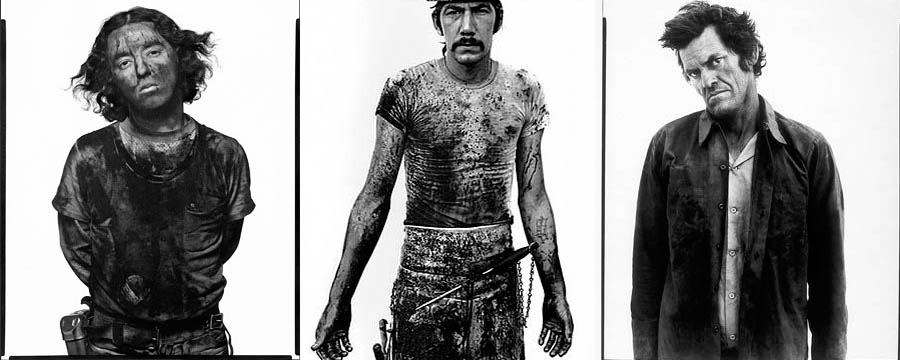
2. Annie Leibovitz (b. 1949)
- Style: Lavish and bold, often incorporating elaborate settings and dramatic lighting.
- Career: Known for her work with ‘Rolling Stone’ magazine and numerous celebrity portraits.
- Signature: Leibovitz’s portraits are easily recognizable for their vivid storytelling and the emotional depth she captures.
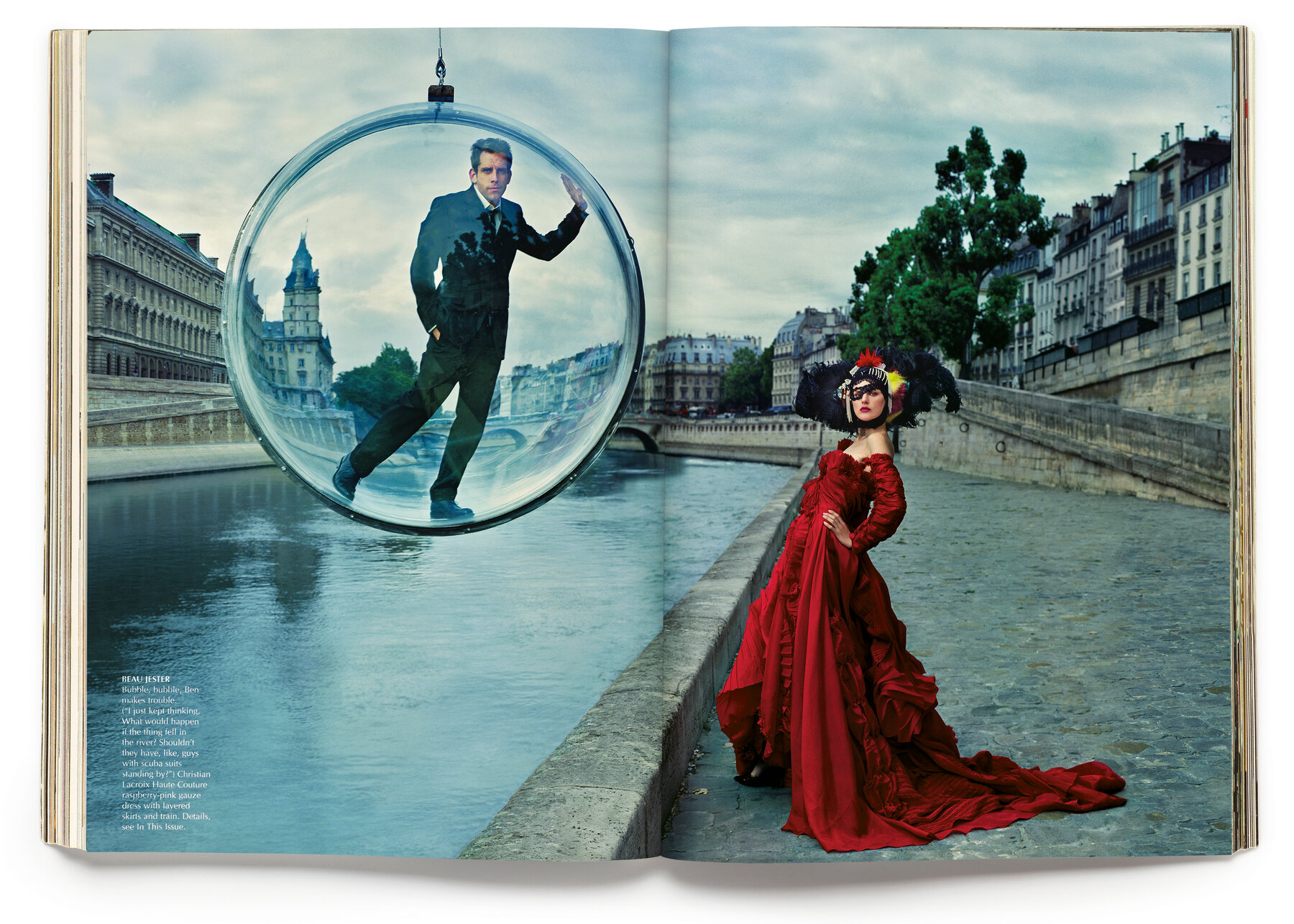
3. Yousuf Karsh (1908-2002)
- Approach: Dramatic lighting and thoughtful composition, focusing on the face and hands.
- Famous Portraits: His portraits of Winston Churchill, Ernest Hemingway, and Albert Einstein are iconic.
- Legacy: Karsh’s ability to capture the essence of his subjects has left a lasting impact on portrait photography.
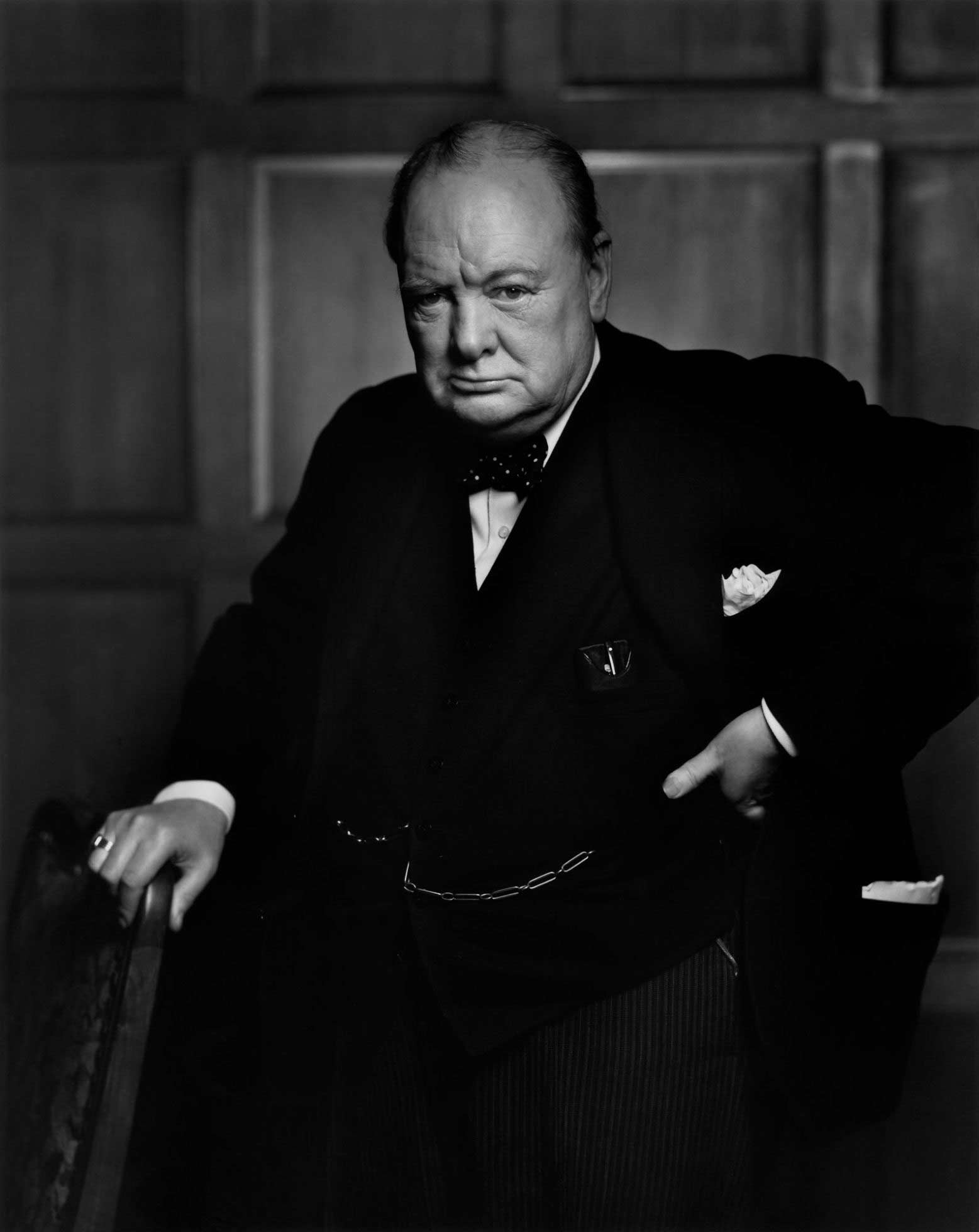
4. Dorothea Lange (1895-1965)
- Specialty: Documentary photography, with a focus on the effects of the Great Depression.
- Famous Image: ‘Migrant Mother’ is one of the most famous photographs from this period.
- Contribution: Lange’s work humanized the consequences of the Great Depression and influenced the development of documentary photography.
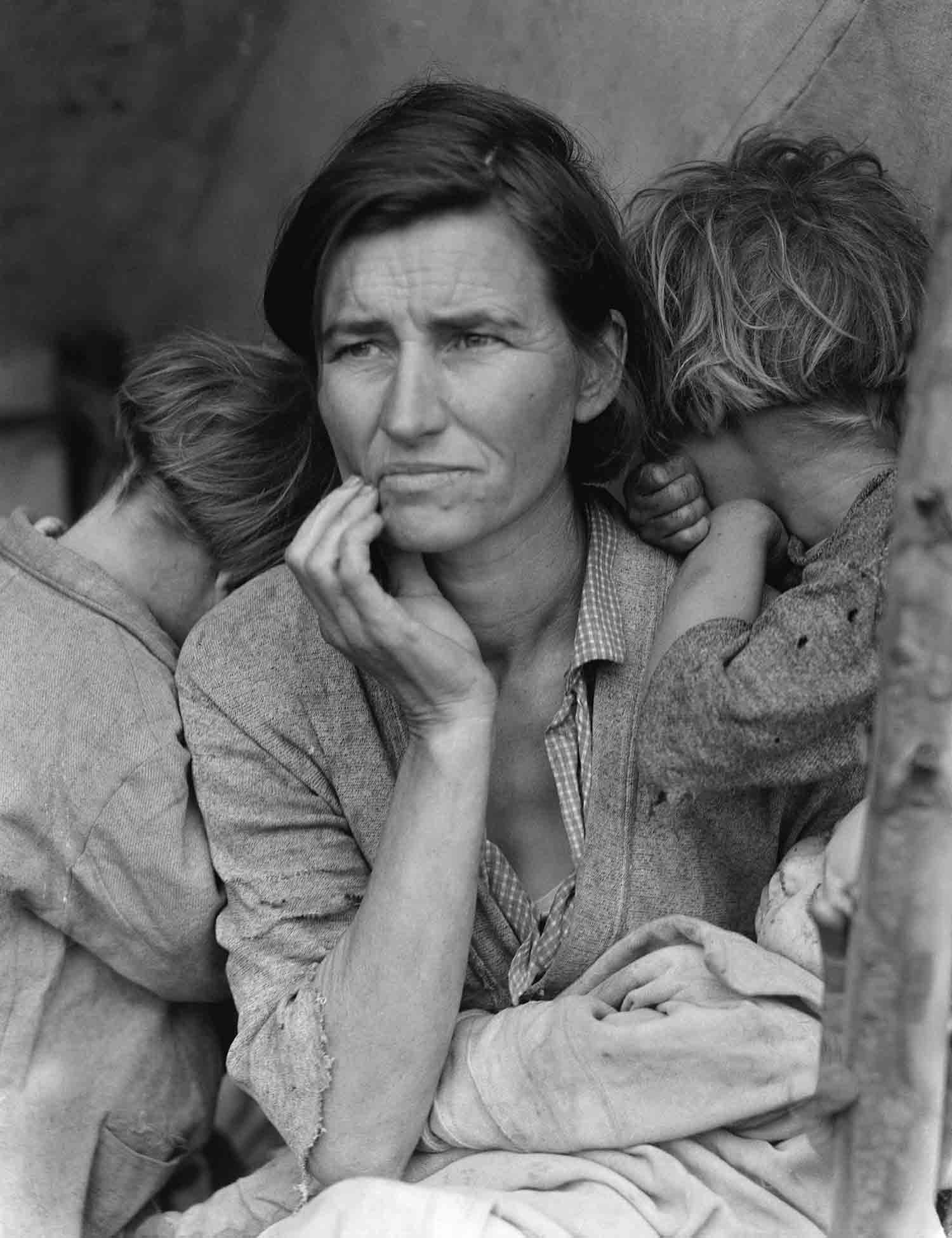
5. Diane Arbus (1923-1971)
- Approach: Known for her straightforward and often stark portrayal of her subjects.
- Focus: Arbus photographed people on the fringes of society, providing a window into their lives.
- Impact: Her work challenges viewers’ perceptions of normality and beauty.

6. Irving Penn (1917-2009)
- Style: Elegant and simplistic, often using tight framing.
- Known For: His fashion photography and minimalistic portraits.
- Contribution: Penn’s ability to strip down to the essentials brought a unique clarity and intensity to his portraits.
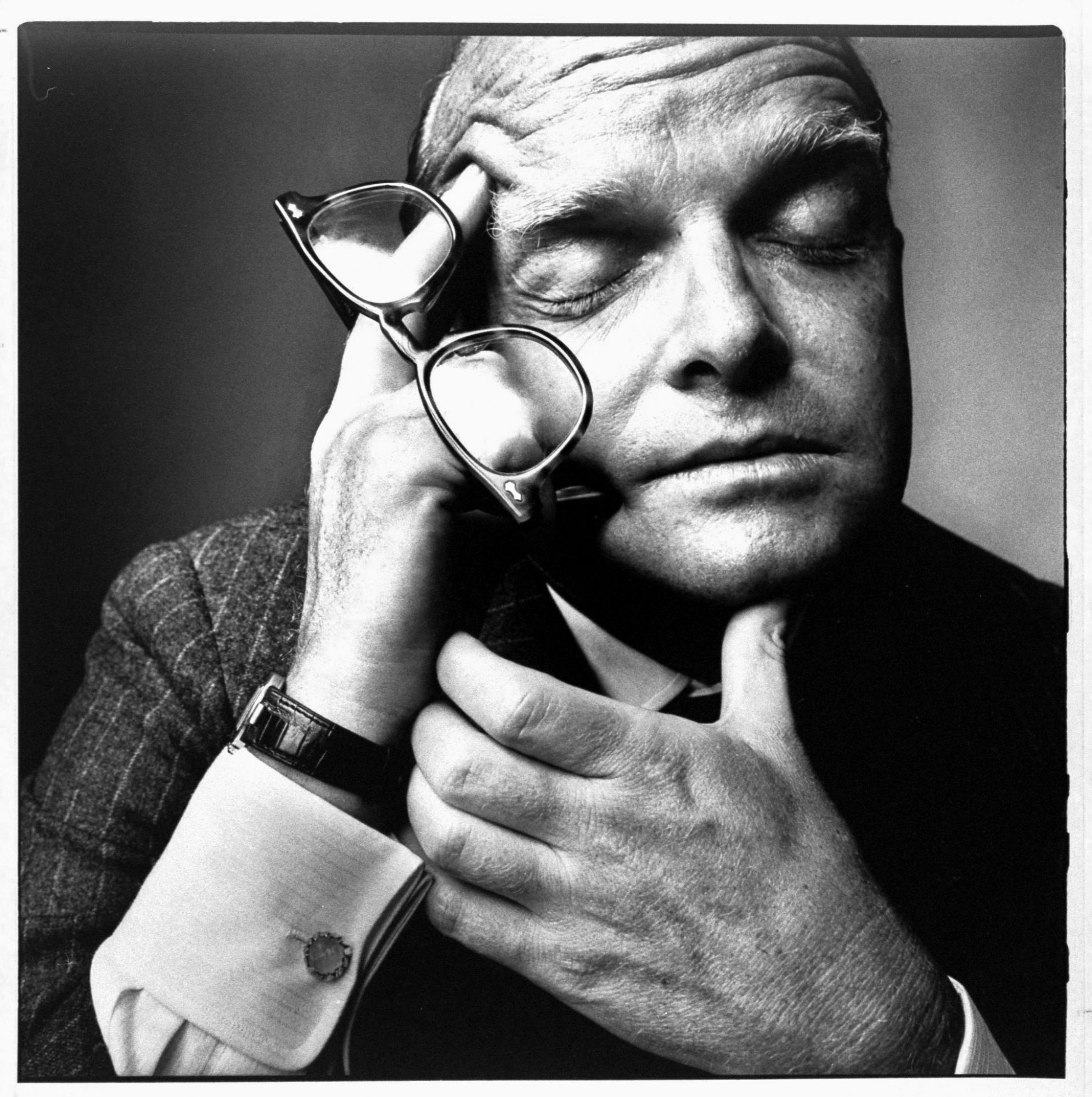
These photographers, through their unique lenses, have contributed significantly to the art of portrait photography. Each has a distinctive style, ranging from the stark simplicity of Avedon to the elaborate narratives of Leibovitz. Their work not only captures the appearance of their subjects but also hints at their inner lives, proving that a portrait can be as deep and as revealing as any form of art.
Contemporary Icons in the Portrait Photography World
Introduction The world of portrait photography is constantly invigorated by contemporary photographers who are at the pinnacle of their careers. These artists blend technical skill with unique perspectives, shaping how we view portrait photography today. This article spotlights several such photographers, emphasizing their styles, achievements, and current prominence in the field.
1. Tyler Mitchell (b. 1995)
- Breakthrough: Gained prominence as the first African American photographer to shoot a Vogue cover.
- Style: Known for his vivid and utopian style that often explores themes of black identity and youth.
- Current Influence: Continues to make waves with his fresh aesthetic in fashion and portrait photography, merging social themes with visual artistry.

2. Zanele Muholi (b. 1972)
- Focus: As a visual activist, Muholi’s work primarily revolves around the LGBTQI+ community in South Africa.
- Style: Their work is marked by powerful black and white imagery, often challenging gender norms and stereotypes.
- Recognition: Muholi has been internationally lauded for their deeply moving and provocative portraits, contributing significantly to contemporary dialogues on gender and race.

3. Nadav Kander (b. 1961)
- Versatility: Renowned for both his landscape and portrait photography.
- Style: Kander’s portraits are characterized by their simplicity and depth, often capturing unguarded moments with his subjects.
- Current Work: Continues to be a prominent figure in portrait photography, known for his unique approach to capturing human vulnerability.
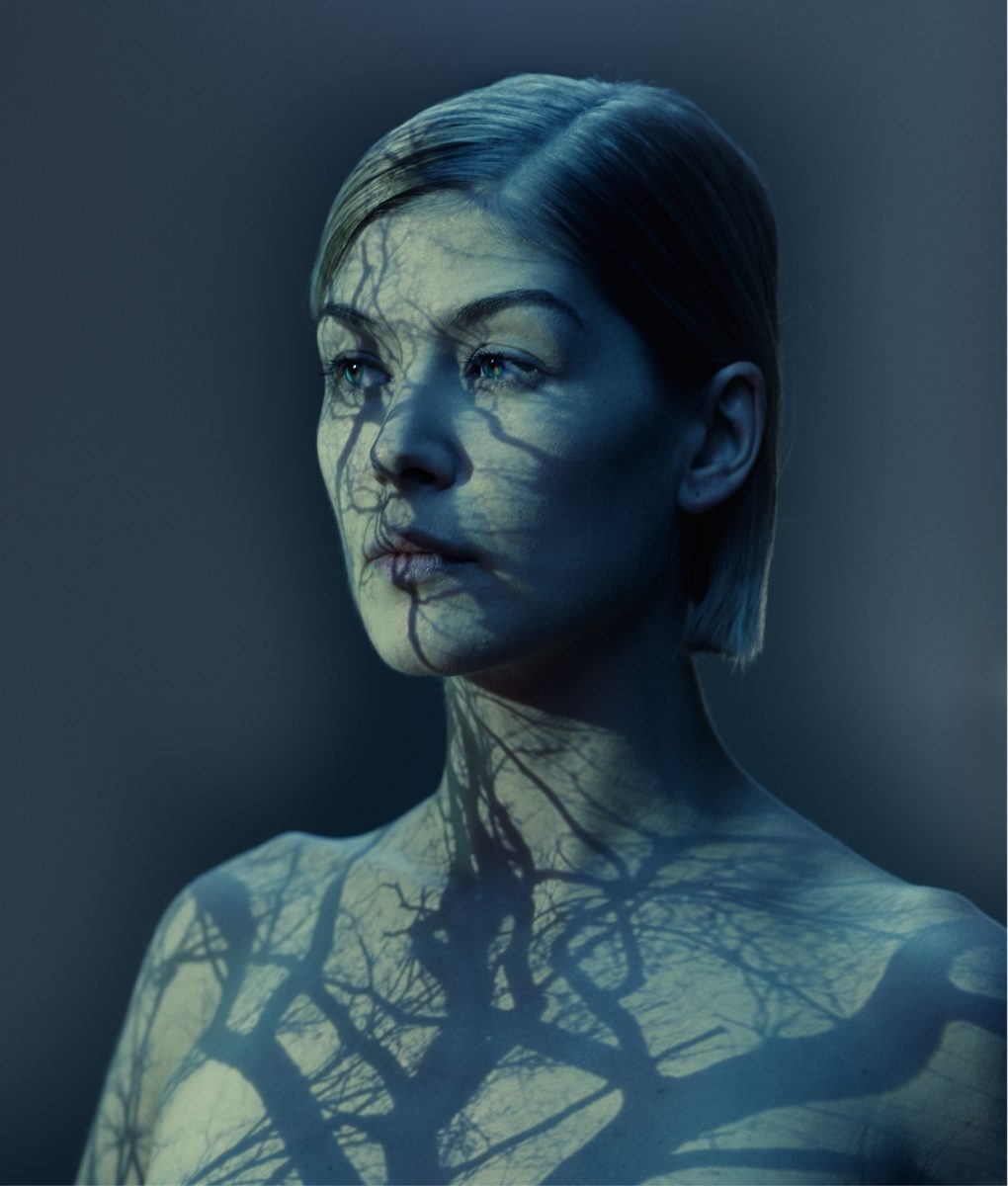
4. Petra Collins (b. 1992)
- Approach: Known for her ethereal and dream-like aesthetic.
- Themes: Collins often explores femininity and the female gaze in her work, making her a significant voice in contemporary feminist art.
- Present-Day Impact: Continues to influence the fashion and art world with her distinctive, pastel-toned and emotionally rich photography.

5. Platon (Platon Antoniou, b. 1968)
- Renown: Gained fame for his intimate portraits of world leaders and celebrities.
- Style: His work is distinguished by its simplicity and the intense connection he establishes with his subjects.
- Contemporary Work: Platon remains a powerful force in portrait photography, using his platform to tell profound human stories.

6. Viviane Sassen (b. 1972)
- Artistic Approach: Known for her abstract and colourful style that often blurs the lines between fashion photography and fine art.
- Influence: Sassen has made a significant impact with her unconventional approach, bringing a fresh perspective to portrait and fashion photography.

These contemporary icons, through their innovative and diverse approaches, continue to redefine portrait photography. They not only capture the essence of their subjects but also challenge viewers to see the world through different lenses. Their ongoing work is not just a testament to their individual talents but also a source of inspiration and evolution in the world of photography.
Ethical Considerations in Portrait Photography
Portrait photography, while a powerful medium for storytelling and expression, also encompasses a range of ethical considerations. These concerns revolve around respect, consent, representation, and the impact of the images on the subjects and viewers. Understanding and navigating these ethical dimensions is crucial for any portrait photographer.
1. Consent and Permission
- Importance: Always obtain explicit consent from subjects before photographing them, especially in sensitive contexts.
- Informed Consent: Ensure subjects are fully aware of how their images will be used and shared.
2. Representation and Authenticity
- Accuracy: Strive to portray subjects in a manner that is true to their identity and context.
- Avoiding Misrepresentation: Be wary of perpetuating stereotypes or misrepresenting the subject’s story or background.
3. Privacy and Sensitivity
- Respect Privacy: Be mindful of the subject’s privacy, especially in intimate or vulnerable situations.
- Sensitivity: Exercise sensitivity when photographing subjects in challenging or emotional circumstances.
4. Editing and Manipulation
- Ethical Editing: While post-processing is a standard part of photography, significantly altering the appearance of the subject can raise ethical questions.
- Transparency: Be transparent about the level of editing and manipulation if the images are presented as true-to-life representations.
5. Impact on Subjects
- Consideration: Consider the potential impact of the photograph on the subject’s life, particularly in cases of vulnerable individuals or groups.
- Long-term Effects: Think about how the image might affect the subject in the future, not just the immediate aftermath.
6. Cultural Sensitivity
- Respect Cultures: When photographing subjects from different cultural backgrounds, it’s important to respect their norms and values.
- Cultural Appropriation: Avoid using cultural elements in ways that are disrespectful or appropriative.
7. Power Dynamics
- Awareness of Power: Be aware of the power dynamics between the photographer and the subject, especially in situations where the subject is in a vulnerable position.
- Empowering Subjects: Aim to empower rather than exploit subjects through photography.
8. Working with Children
- Extra Caution: When photographing minors, obtain consent from a parent or guardian and adhere to guidelines for child photography.
- Child’s Welfare: Prioritize the child’s welfare and comfort during the shoot.
9. Financial Fairness
- Fair Compensation: If the photographs are used for commercial purposes, consider fair financial compensation for the subjects, especially in cases where the subject’s image is central to the work’s value.
10. Reflecting on Motives
- Self-Reflection: Regularly reflect on your motives for taking and sharing a photograph. Ensure that the work aligns with ethical practices and contributes positively to the subject and society.
Ethical considerations in portrait photography are about respecting the dignity, rights, and stories of the subjects. By adhering to these ethical practices, photographers can create meaningful, respectful, and powerful portraits that honour their subjects and the art of photography.
The Future of Portrait Photography: AI’s Influence and Innovation
As we step into the future, portrait photography is on the cusp of a revolutionary transformation, largely influenced by advancements in Artificial Intelligence (AI). This emerging technology is not only redefining the way portraits are taken but also reshaping the creative process behind them. In this exploration, we’ll delve into how AI image generation is steering the future of portrait photography, bringing new dimensions and possibilities to this art form.
AI’s Role in Modern Portrait Photography
The integration of AI in photography has been subtle yet impactful. AI algorithms have the capability to analyse and enhance images in a way that was once solely the domain of human expertise. From facial recognition to automated editing, AI simplifies complex processes, ensuring efficiency and precision.
AI-Generated Portraits
One of the most intriguing developments is AI-generated portraits. These are images created entirely by AI algorithms, often based on specified parameters or learned artistic styles. This technology can produce highly realistic or creatively abstract images, pushing the boundaries of traditional portrait photography.
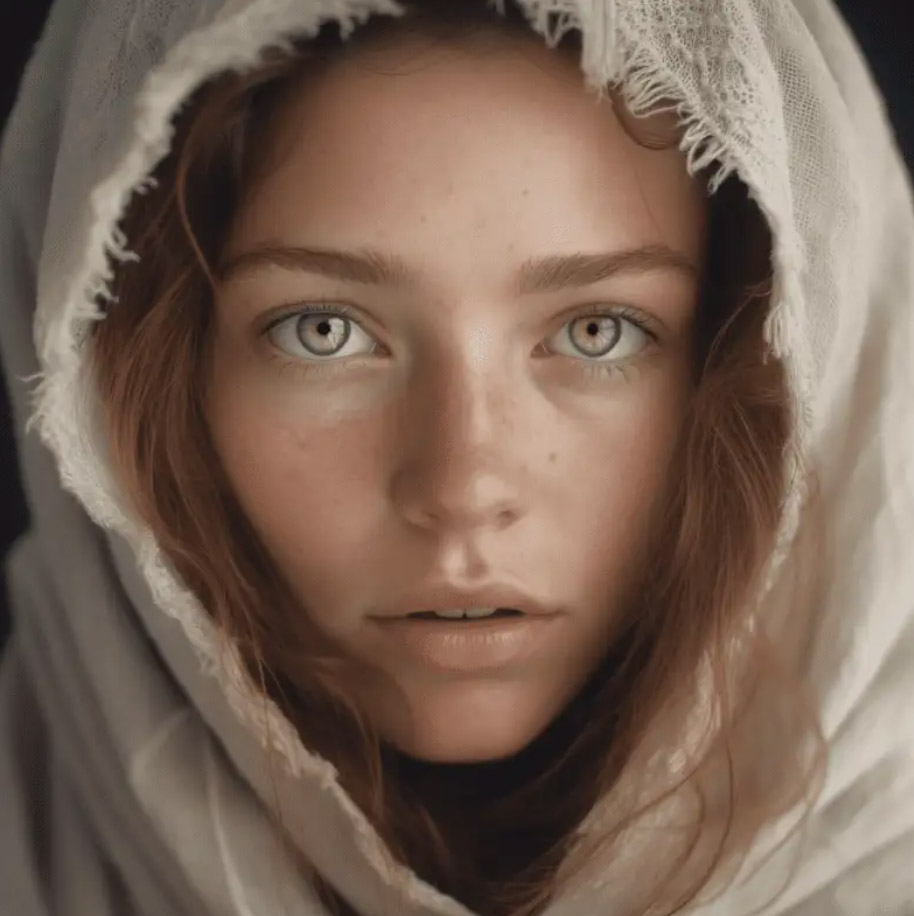

Personalization and Customization
AI brings an unprecedented level of personalization to portrait photography. It can learn from individual preferences and styles, tailoring photo sessions and editing to align with specific artistic visions. This customization extends to generating unique backgrounds, lighting conditions, and even hypothetical scenarios.
Challenges and Ethical Considerations
However, this exciting future comes with its own set of challenges. The authenticity of AI-generated images is a topic of debate, particularly when it comes to the representation of real individuals. Ethical considerations around consent and the use of personal data in AI models are also crucial points of discussion.
The Human Element
Despite the technological advancements, the human element remains irreplaceable in portrait photography. The ability to capture the essence, emotions, and stories of individuals is something AI is yet to fully replicate. The future of portrait photography with AI is not about replacing human photographers but augmenting their creativity and capabilities.
Conclusion
The future of portrait photography, shaped by AI, promises both exciting possibilities and new challenges. As AI continues to evolve, it will undoubtedly open up new creative avenues, create new jobs, but more importantly, allow the next generations creativity to run riot, more and more people will be able to create amazing images without the need for expensive equipment, hopefully bringing more beauty into the world.
